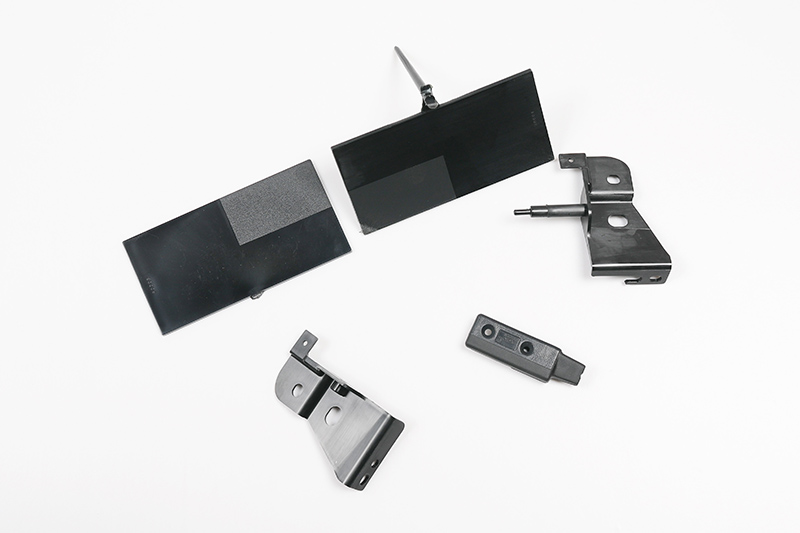CNC machining and plastic injection molding are two common and cost-effective processes used to produce parts. Each of these manufacturing technologies has unique characteristics and is suitable for different applications. Understanding the differences between CNC machining and plastic injection molding can help companies make informed decisions about which process is best for their specific production needs.
CNC Machining Definition
CNC machining (computer numerical control machining) is a versatile manufacturing process that involves using computer-controlled machines to create parts from a variety of materials, including metals, plastics, and composites. In this process, CAD (computer-aided design) data is used to program and optimize the machine tool sequences and paths. The material is then machined using tools such as end mills and drills to create the parts. It could also be necessary to use auxiliary equipment, such as grinding, hobbing, or honing machines to finish items.
The Advantages and Disadvantages of CNC Machining Compared to Plastic Injection Molding
One of the main advantages of CNC machining is the ability to produce high-precision parts with tight tolerances. This makes it an ideal process for creating complex geometries and intricate designs.
Additionally, CNC machining can be adapted to a variety of materials, making it suitable for a variety of applications in different industries.
Another benefit of CNC machining is its flexibility and ability to quickly produce prototypes and low-volume production. With the right programming and settings, CNC machines can efficiently produce custom parts without the need for expensive tools or molds.
However, CNC machining can be more time-consuming and labor-intensive than other manufacturing processes, especially for large-scale production. Additionally, CNC machining costs can be higher for high-volume production runs due to the time and labor involved in programming and machine setup.
Plastic injection molding Definition
Plastic injection molding is a manufacturing process used to produce large quantities of identical plastic parts. In this process, an injection molding machine is used. The molten thermoplastic material is injected into the mold cavity under high pressure. Once the material cools and solidifies, the mold is opened and the finished part is ejected.
To know more, see our guide on Injection Moulding Process Step By Step

The Advantages and Disadvantages of Plastic Injection Molding Compared to CNC Machining
One of the main advantages of plastic injection molding is the ability to produce large quantities of parts with consistent quality and minimal waste. This makes it a cost-effective solution for mass production, especially when producing parts with complex shapes or intricate details.
In addition, plastic injection molding allows the use of a variety of thermoplastic materials, providing versatility in material properties, colors and finishes. This makes it suitable for a wide range of applications in the automotive, consumer goods, medical device and other industries.
However, the initial tooling and mold-making costs associated with plastic injection molding can be high. This makes it less practical for low-volume production or prototyping, as the upfront investment may not be suitable for low-volume needs.
Ultimately, understanding the differences between these two manufacturing processes is critical for companies looking to optimize their production methods and choose the one that best suits their specific needs. By weighing the benefits and limitations of CNC machining and plastic injection molding, manufacturers can make informed decisions to ensure high-quality parts are produced efficiently and cost-effectively.
Post time: Jan-04-2024

